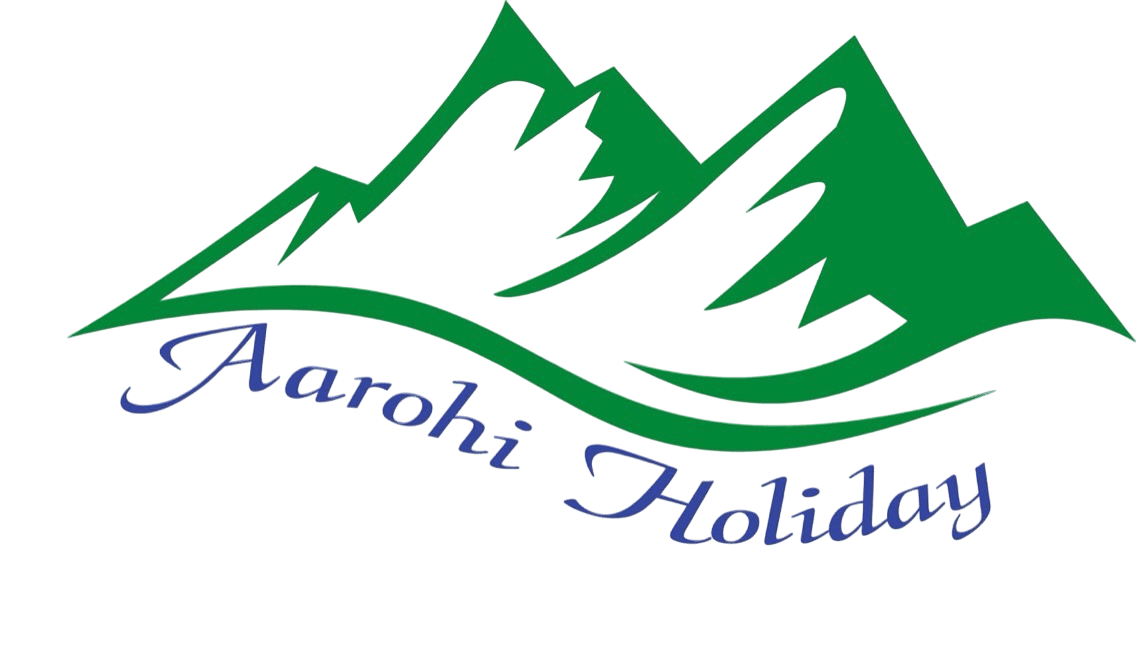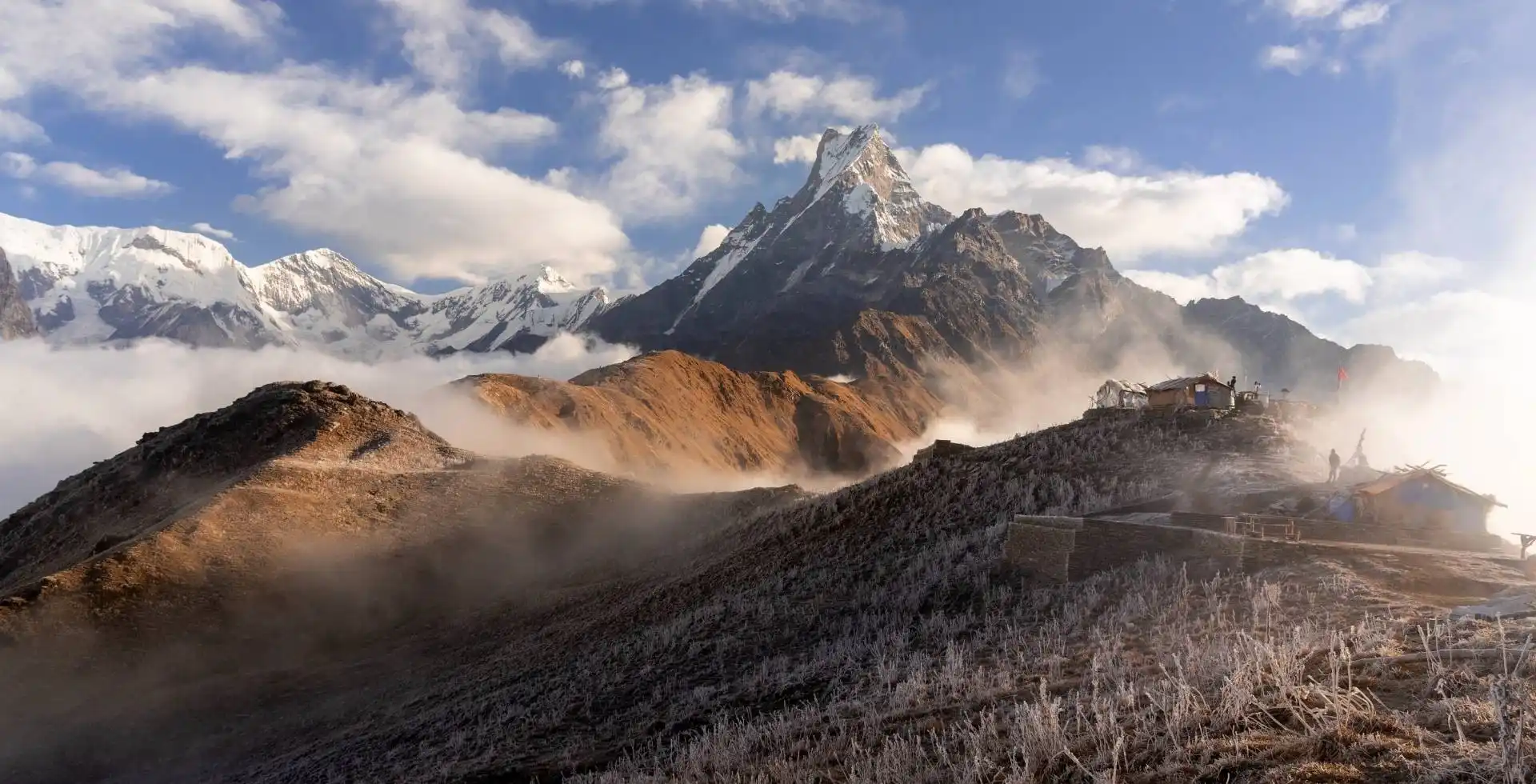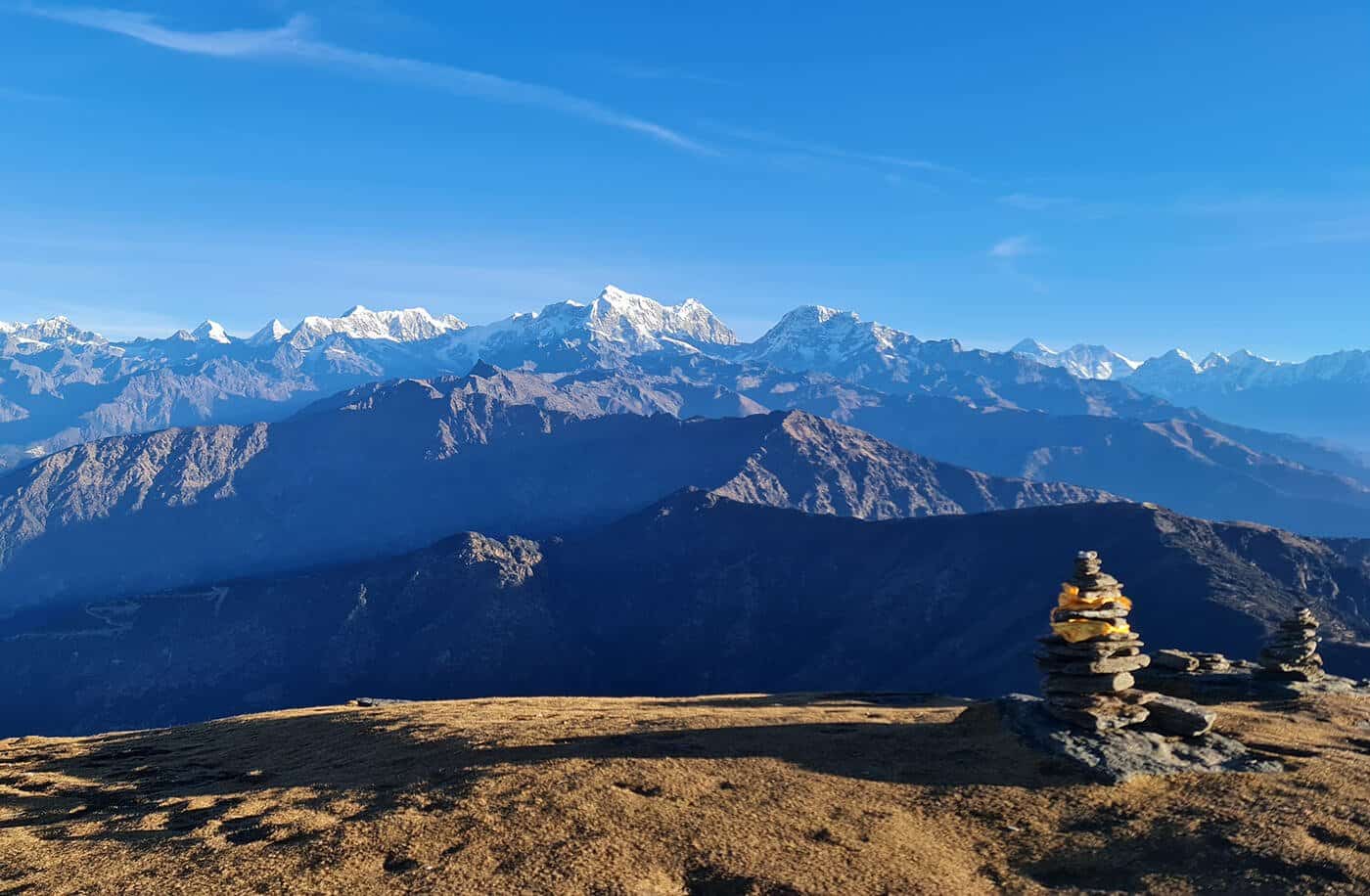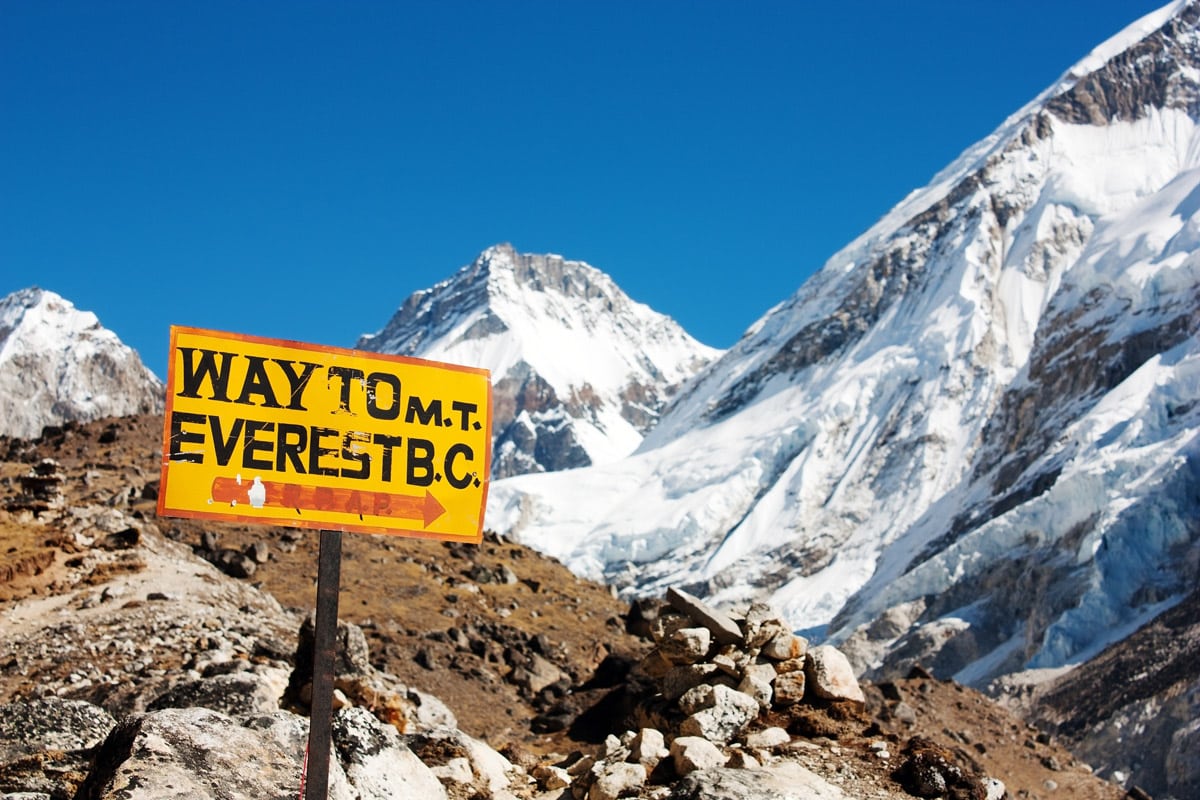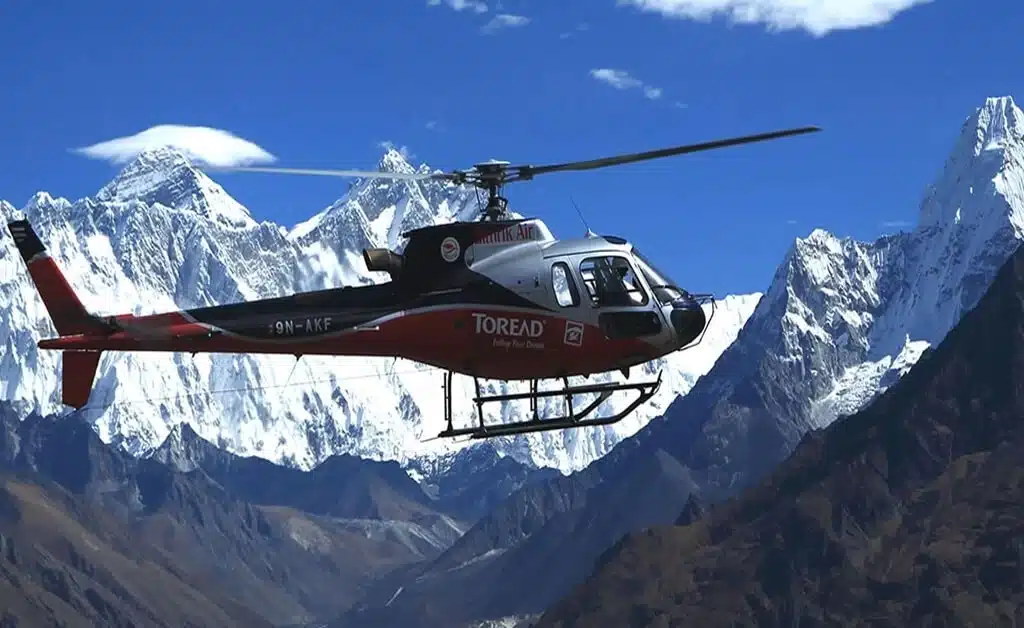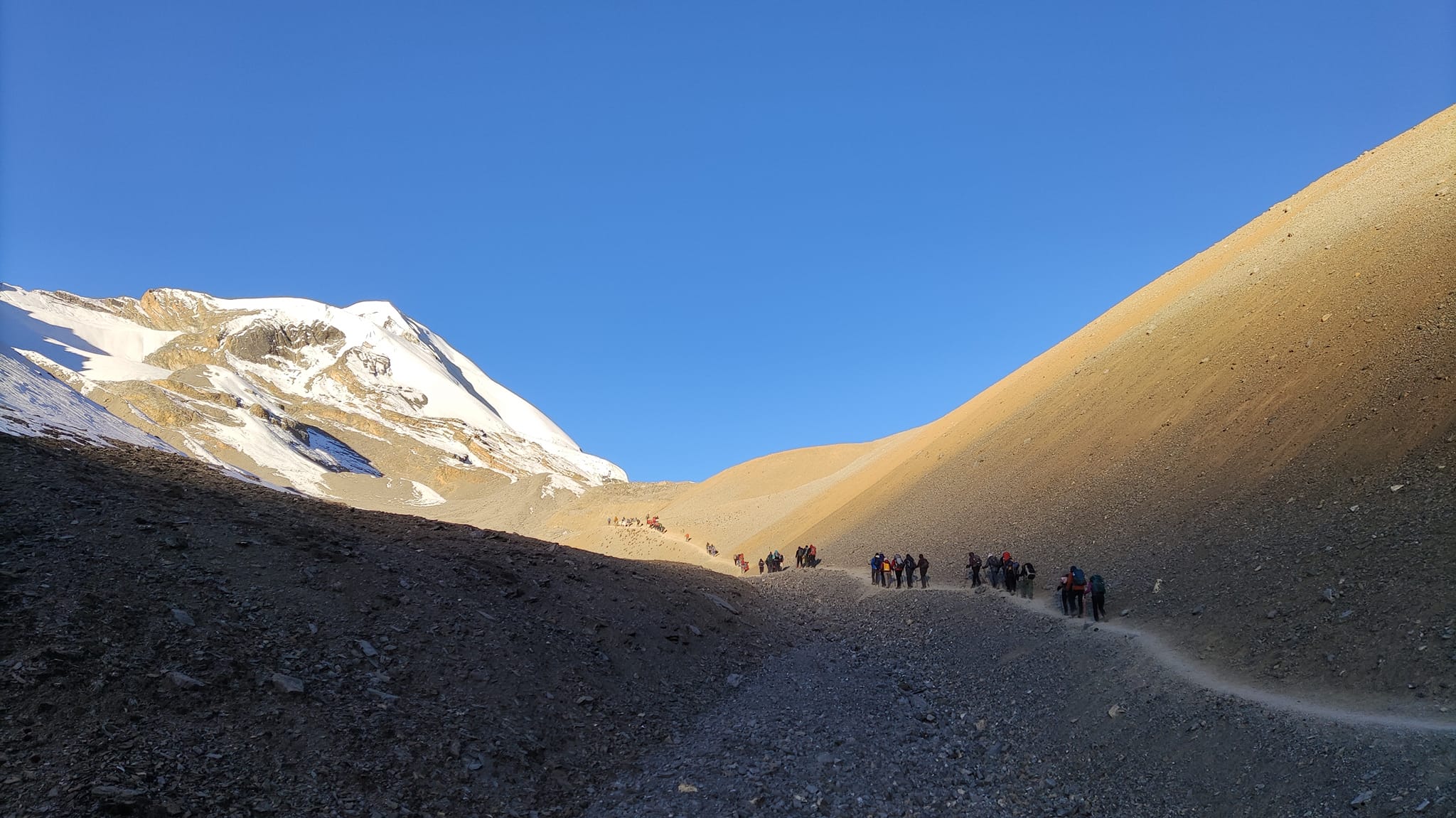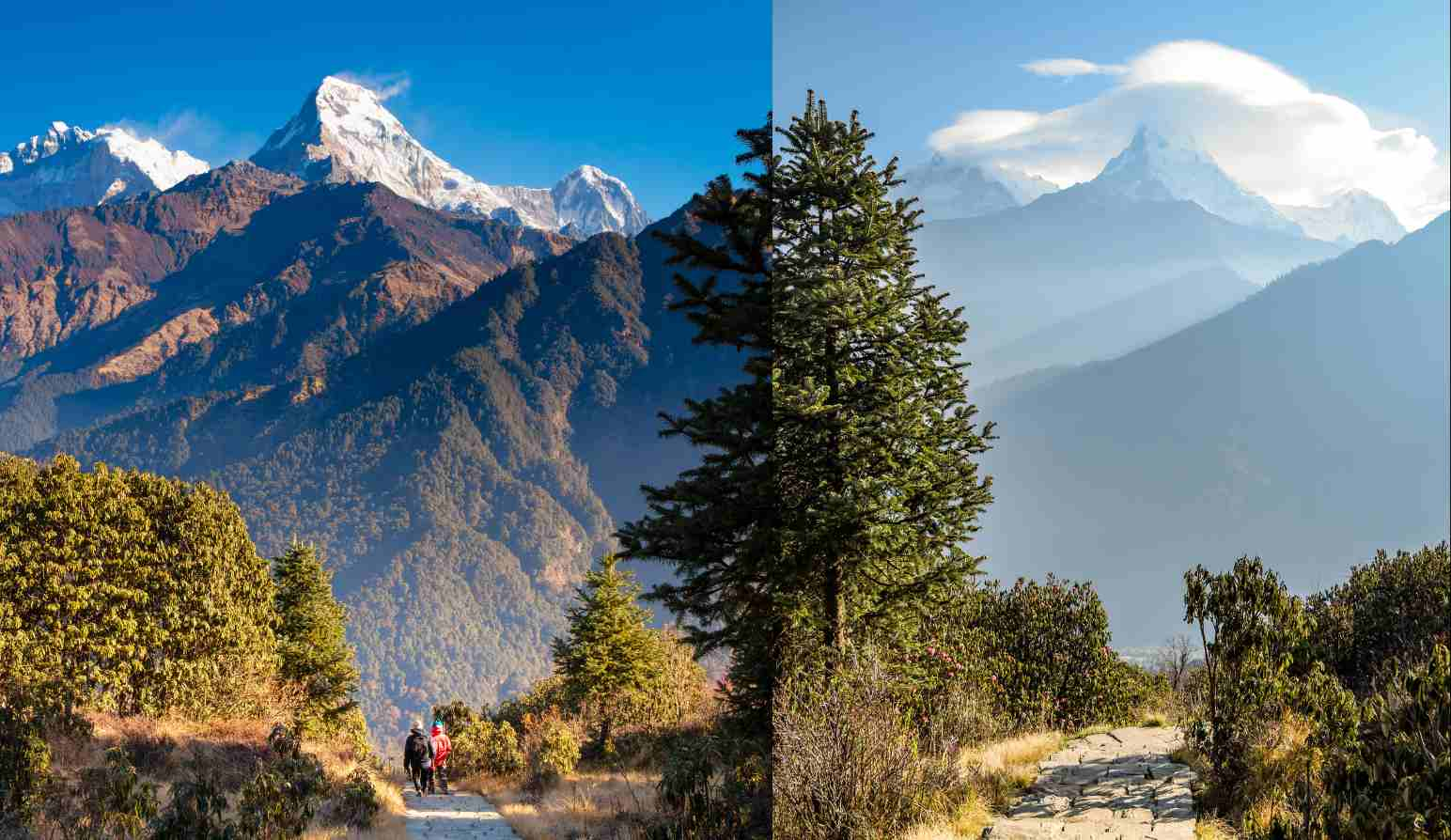Accommodation during Annapurna circuit short trek-11 days
- In Kathmandu and Pokhara we provide comfortable accommodation in 3-star hotels with breakfast on a twin-sharing basis.(Private room accommodation can be arrange at an extra cost)
- During the trek, we provide comfortable teahouse accommodation on a twin-sharing basis. Hot showers, Wi-Fi, and device charging are available at an additional cost.
Meals and Drinking water on Annapurna circuit short trek
During the Annapurna Circuit Short Trek, you will be provided with three freshly prepared meals a day—breakfast, lunch, and dinner—served at traditional local teahouses along the trail. The menu offers a variety of nutritious options including dal bhat (a classic Nepali meal of rice, lentils, and vegetables), Tibetan bread, noodles, soups, fried rice, pasta, eggs, and pancakes. While the meals are simple, they are energizing and ideal for high-altitude trekking.
Hydration is crucial throughout the trek, especially as you gain altitude. Bottled water is available for purchase, but we highly recommend bringing a reusable water bottle to help reduce plastic waste on the trails. To ensure safe drinking water, our guide will carry purification tablets or drops, allowing you to refill and purify water from local sources when needed.
Required Permits for Annapurna circuit short trek-11 days
For the ABC short trek-11 days, you’ll need the Annapurna Conservation Area Permit and a TIMS Card—but don’t worry, we handle everything for you. All permit fees are included in your package, and we’ll take care of the paperwork so you can fully enjoy your trekking adventure.
- Annapurna Conservation Area Permit (ACAP): NPR 3,000 per person
- Trekkers’ Information Management System (TIMS) Card: NPR 1,000 per person
Best Time for Annapurna circuit short trek
The best time for the Annapurna Circuit Short Trek is during spring (March to May) and autumn (September to November). Autumn is the most popular season, offering clear skies, stable weather, and stunning views of Annapurna, Dhaulagiri, and other Himalayan peaks. Spring brings mild temperatures, colorful rhododendron blooms, and vibrant landscapes, making the journey equally rewarding.
It’s best to avoid the monsoon season (June to August) due to heavy rain, muddy trails, and leeches. Winter (December to February) brings extreme cold and snow at higher passes, especially around Thorong La, though late February to early March can still be suitable for well-prepared trekkers.
Annapurna circuit short trek Difficulties
The Annapurna Circuit Short Trek is a condensed but still challenging adventure. Though the duration is shorter, the route still climbs to Thorong La Pass (5,416m), where altitude sickness can be a concern. Trekkers should be in good physical shape and ready for 5–7 hours of walking daily over steep, rocky trails and occasional snow.
Weather conditions can shift quickly at higher elevations, and the trail includes narrow paths, suspension bridges, and remote sections. With proper acclimatization, a steady pace, and experienced guides from Aarohi Holiday, the trek is both achievable and highly rewarding.
Altitude Sickness and Prevention on the Annapurna circuit short trek
At Aarohi Holiday, your safety is our top concern. Our experienced guides are trained in high-altitude first aid and keep a close watch for any signs of Acute Mountain Sickness (AMS), especially as the trail rises above 3,000 meters.
The itinerary includes gradual ascents for proper acclimatization, and we respond quickly if symptoms like headache, dizziness, or nausea appear. With proper hydration, rest, and expert support, the trek remains a safe and rewarding experience for all adventurers.
Travel Insurance for Annapurna circuit short trek
For your safety and peace of mind, Aarohi Holiday highly recommends comprehensive travel insurance that covers high-altitude trekking up to 5,500 meters. Your policy should include emergency evacuation, medical expenses, trip cancellation, and loss of baggage.
Trekking in remote Himalayan regions requires proper protection. With the right insurance, you can enjoy your adventure worry-free—we’ll take care of the rest. Book now with confidence!
Annapurna circuit short trek Itinerary
The Annapurna Circuit Short Trek begins with your arrival in Kathmandu (1,345m) at Tribhuvan International Airport, followed by a scenic drive on the next day to Chame (2,610m), the starting point of the trek. From here, the trail leads to Upper Pisang (3,300m), where the views of Annapurna II and surrounding peaks begin to unfold. Continuing onward, you reach Manang (3,540m), a beautiful Himalayan village rich in Tibetan culture. A full acclimatization day in Manang (3,500m) allows you to explore Gangapurna Lake, ancient monasteries, or nearby viewpoints while adjusting to the altitude. After proper rest, the trek resumes toward Yak Kharka (4,060m) and then to Thorong Phedi (4,525m), the gateway to the famous high pass.
The highlight of the journey comes on Day 8, when you cross the legendary Thorong La Pass (5,416m), the highest point of the trek, before descending to the sacred pilgrimage site of Muktinath (3,800m). From here, a drive takes you to Jomsom (2,720m), where you spend the night. The following morning, a short scenic flight brings you to Pokhara (800m), Nepal’s charming lake city, where you can relax and enjoy the serene atmosphere. The journey then continues with a drive back to Kathmandu (1,400m), offering a chance to reflect on the trek’s breathtaking landscapes and cultural experiences. On the final day, you will be transferred to Tribhuvan International Airport for your departure, concluding this 11-day adventure that perfectly blends Himalayan scenery, local culture, and high-altitude trekking challenges.
Annapurna circuit short trek cost
Our 11-day Annapurna Circuit Short Trek is priced at USD 1,250 per person. This all-inclusive package covers transportation from Kathmandu to the trailhead, trekking permits, three daily meals, teahouse accommodations, and the support of an experienced guide and porter team.
A special highlight of this package is the scenic flight from Jomsom to Pokhara, saving time and adding comfort after your Thorong La Pass adventure. Group discounts of 5% to 10% are available, and one group leader treks free. Join us today for an unforgettable Himalayan journey!
Important Notes for ABC short Trek
- The journey from Kathmandu to Chame is by private jeep, offering a comfortable start to your trek.
- A scenic flight from Jomsom to Pokhara is included; however, flights may be canceled due to weather conditions. In such cases, we arrange a jeep transfer for your return to Pokhara.
- One porter is shared between two trekkers and can carry up to 20kg in total. We recommend each trekker pack under 10kg. A duffle bag will be provided
- Meals during the trek are included, but extras like hot showers, device charging, and Wi-Fi at teahouses are not.
- Meals in Kathmandu and Pokhara are not part of the package.
- Drones are not allowed without a special permit, which is hard to obtain. Unless you have prior official approval, we suggest not bringing one.
Fitness Preparation for the Trek
The Annapurna Circuit Short Trek is a moderate-to-challenging trek that involves daily hikes of 5–7 hours through varied terrain and altitude. While no technical climbing is required, good physical fitness and stamina are important.
Regular walking, cardio workouts, and short hikes in the weeks leading up to the trek can greatly improve endurance. With proper preparation, most healthy individuals can successfully complete and enjoy this rewarding Himalayan adventure.
A Typical Day on the Trail
Each trekking day on the Annapurna Circuit Short Trek begins with a warm breakfast before you hit the trail. You’ll walk 5 to 7 hours daily through diverse terrain—riverside paths, dense forests, rocky trails, and high mountain villages. As you ascend, the scenery becomes more dramatic with panoramic views of Annapurna, Dhaulagiri, and other Himalayan giants.
One of the most challenging and rewarding days is the crossing of Thorong La Pass at 5,416 meters, the highest point on the trek. This day starts early and requires steady pacing, but the incredible views from the top make it all worthwhile. With proper acclimatization, regular breaks, and support from our experienced guides, each day is a balance of adventure and awe, ensuring your safety and an unforgettable journey.
Arrival Instruction
Upon your arrival at Tribhuvan International Airport, our company representatives are stationed to welcome you to the country. We request you to carefully look for your name being held by our representatives following the events upon landing. The representatives are responsible to escort you to your hotel in Kathmandu. You will see men offering you to carry luggage and take you to your destination as you exit the airport. We request you pay no attention to these people and follow the designated representatives and follow their instructions. You will also need to keep an eye on your luggage and belongings to avoid any complications.
Nepal Visa Entry Procedure
For entry into Nepal, there are visa requirements everyone (except Indian nationals) must complete before being allowed to pass through immigration. This is for air travel as well as overland transportation. Most visitors may obtain a visa to enter Nepal, however, there are exceptions.Three options are available for entry
- 15-day single entry: US $30
- 30-day single entry: US $50
- 90-day multiple entries: US $125
Please have a passport valid for at least 6 months from the time of entry, and have cash ready, preferably in US dollars, though there are other currencies Nepal Immigration accepts. If you are entering via overland, you must have US cash and 3 passport photos. For arrival by air, the kiosks at the airport take your picture for you.
For the most up to date list of exceptions for visa on arrival or to obtain the most current visa information, visit the Nepal Department of Immigration website.
